Kamala Harris and Shannon Sharp shaking hands on the popular podcast/talk-show “Club Shay-Shay”(top). Donald Trump and Adin Ross shaking hands on during his twitch livestream(bottom). (Courtesy/Youtube).
Public discourse during the 2024 presidential election campaign season covered high-stakes issues like abortion, immigration and international conflicts leading to debates among politicians and celebrities alike over the stakes in this election. However, one notable addition to the list of differences this year is podcasts.
Both presidential candidates have appeared on numerous internet podcasts and live streams during their campaign’s final stretch.
As social media and internet platforms become increasingly integral into modern culture, political strategies used to connect with voters have evolved. In addition to traditional rallies and regular interviews, ‘sit-downs’ with some of the internet’s biggest influencers have become the new norm for political press tours.
But how did we get here?
This shift in campaign platforms reflects how younger generations consume news. According to a Pew Research Center report, 58% of adults now prefer getting their news from digital devices over traditional formats like print, television or radio.
Each year, the percentage of Americans relying on news websites, social media and podcasts to stay informed is steadily increasing. Young Americans, particularly those aged 18 to 29, are especially engaged with social media. 78% of young adults in this age group get at least some of their news from social media, while 34% receive some news from podcasts.
Graphic showing how voters prefer getting their news provided (Courtesy/ Pew Research Center)
These statistics suggest that politicians must establish an online presence to make a meaningful connection with young voters—and many have responded accordingly.
In recent months, Republican president-elect Donald Trump has appeared on “The Joe Rogan Experience,” “Flagrant,” “This Past Weekend with Theo Von,” and a Twitch livestream with Adin Ross. These platforms attract predominantly young, male audiences, a demographic that makes up a substantial portion of Trump supporters.
Similarly, Vice President and Democratic presidential candidate Kamala Harris has joined popular podcasts that allow her to target key supporting demographics, like the young women who listen to podcasts like the “Call Her Daddy” podcast with Alex Cooper. Another demographic is Black men, who make up a large percentage of listeners of the podcast “Club Shay Shay” with Shannon Sharpe and “All the Smoke” with Matt Barnes and Stephen Jackson.
While the reasoning behind this new campaign tactic is clear to younger audiences, the question remains about its effectiveness. Sarah Bolarinwa, a senior at Howard University and avid podcast listener explained why she thinks these efforts are making a positive impact.
“I think it’s a good thing because I feel like podcasts are my favorite form of media to consume. Getting long-form interviews is something that I don’t think you can get from a debate or a 10-minute segment on CNN, and so you can go through a bunch of topics through a podcast,” Bolarinwa said.
This being said, as evidenced in the Pew Research polling, most young people don’t get their news directly from podcasts and favor shorter content on TikTok and Instagram. However, clips from podcast interviews are often shared on social media, expanding their reach.
“I think it’s making them a little bit more aware because even if you don’t know who the candidates are, you’ve heard of them from social media,” Bolarinwa said.
The rise of influencer-led interviews, however, does pose certain challenges.
“There is a thing to be said [about] people who are journalists—there is a training that you have,” Bolarinwa said. “Actual journalists would know how to hear an answer, digest it and be able to have a follow-up question or response to that and not just let the person that’s being interviewed get away with saying things that I feel influencers might let them get away with saying.”
It’s also worth noting that many influencers openly support one candidate. For instance, Twitch streamer Adin Ross expressed his admiration for Trump during a livestream.
“Everyone in the chat, everyone in this room, loves you. And I just want to say you’re a true hero for this country and I appreciate you,” Ross said.
Similarly, on “Club Shay Shay,” Sharpe voiced his support for Harris.
“I just want you to know, you make us proud for what you’ve been able to accomplish. We’re 12 days away and we hope you have an even greater accomplishment,” he said.
But, what does this mean for the future of political engagement?
This isn’t the first time presidential candidates have embraced new media platforms. In 1960, it was unprecedented for candidates to appear on late-night television, but both John F. Kennedy and Richard Nixon leveraged this format to connect with American voters. Similar to today’s podcasts, there were initial criticisms about bias and ‘softball’ questions, asking candidates easy questions to make them look good. Now, late-night appearances are standard in political campaigns.
While podcasts may be biased, they still allow candidates to connect with people where they’re at.
“They’re going to [meet] people ‘where they’re at’ and connecting with them at the level they’re at, which is always a good thing,” Bolarinwa said.
Whether these efforts will make a difference remains to be seen, but it’s safe to say presidential podcasts are likely here to stay.

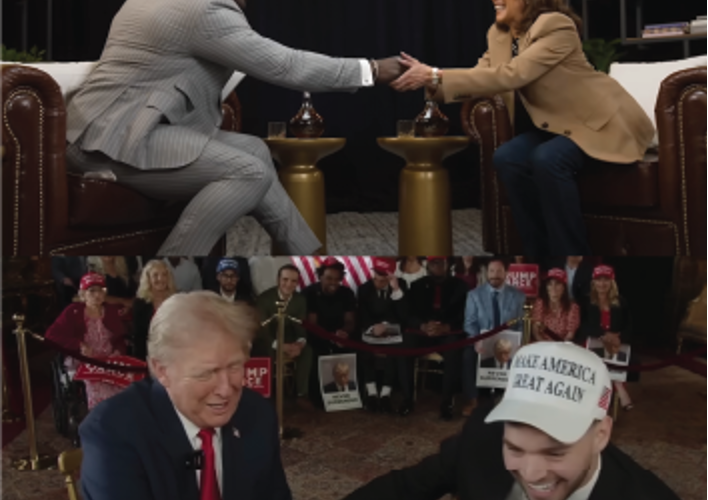

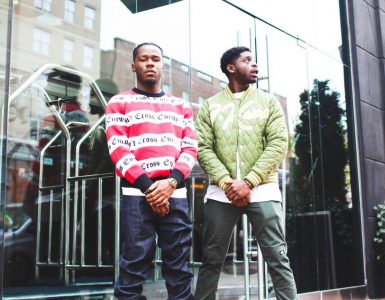
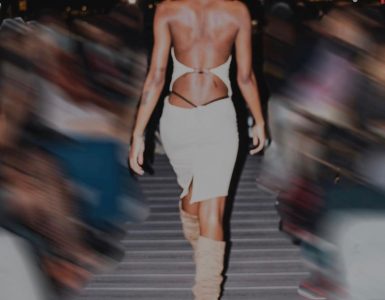
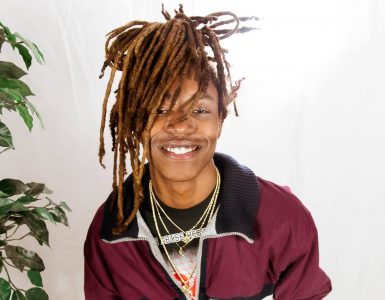
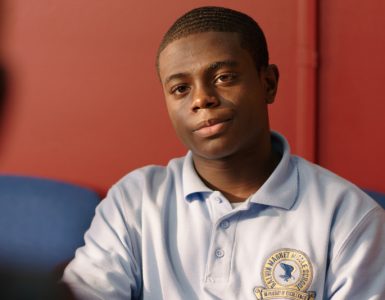
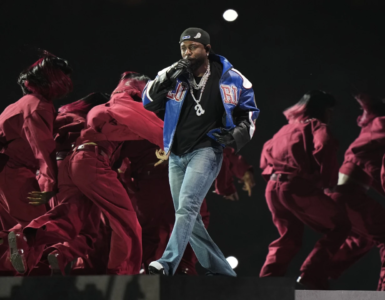

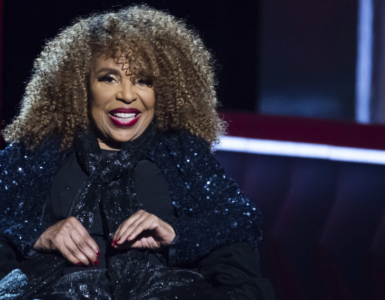
Recent Comments